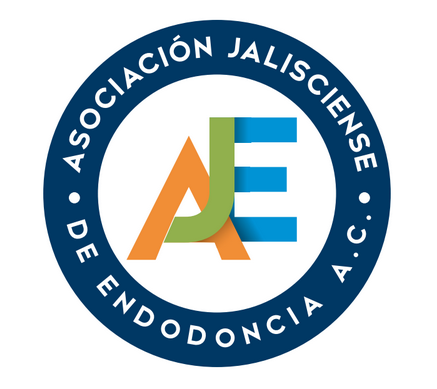Práctica Limitada a Endodoncia, Agosto 11
Curriculum del C.D.E.E. César Omar Ramos Gregorio Licenciatura en la Universidad Nacional Autónoma de México. Facultad de Odontología, Campus CU. Especialidad en Endodoncia en la Universidad Tecnológica de México. Farmacología Avanzada por el Colegio Metropolitano en Centro Médico Nacional Siglo XXI. Speaker Internacional de Sybron Endo. Certificado por el Consejo Mexicano de Endodoncia desde 2007. […]
Práctica Limitada a Endodoncia, Agosto 11 Leer más »
